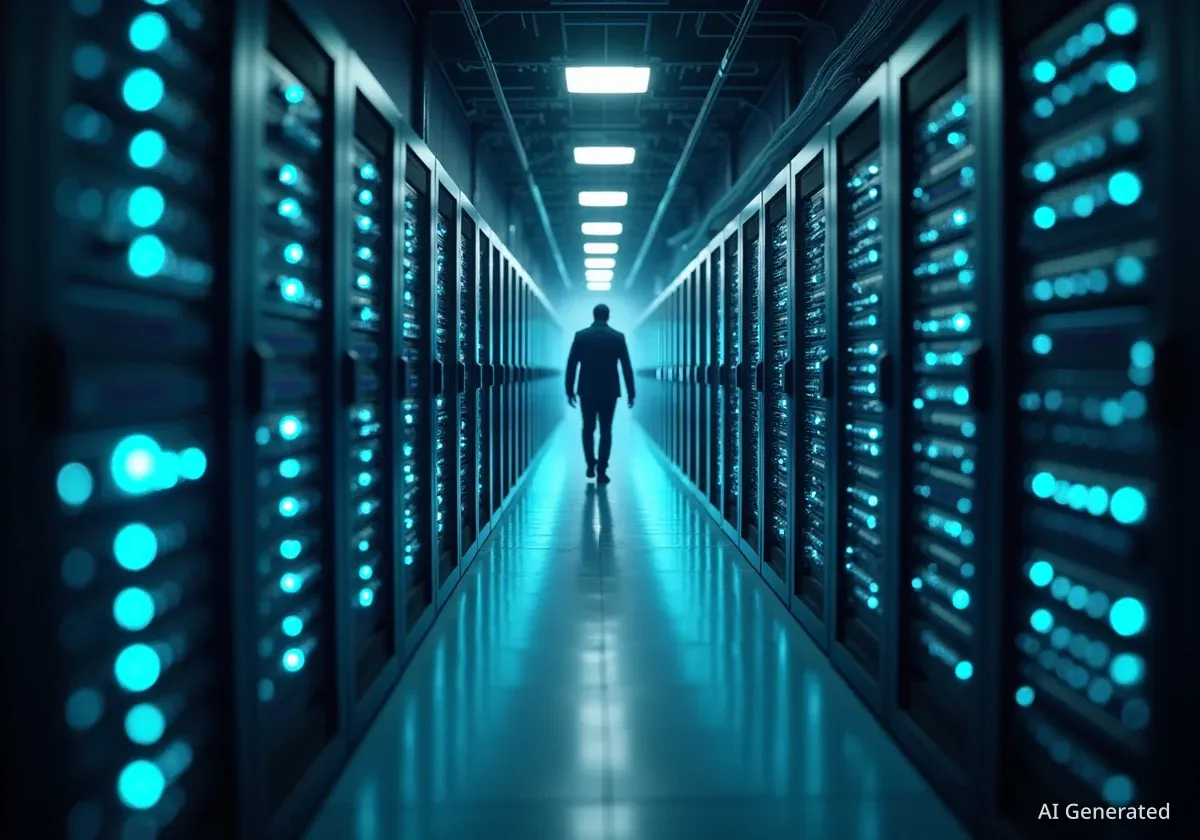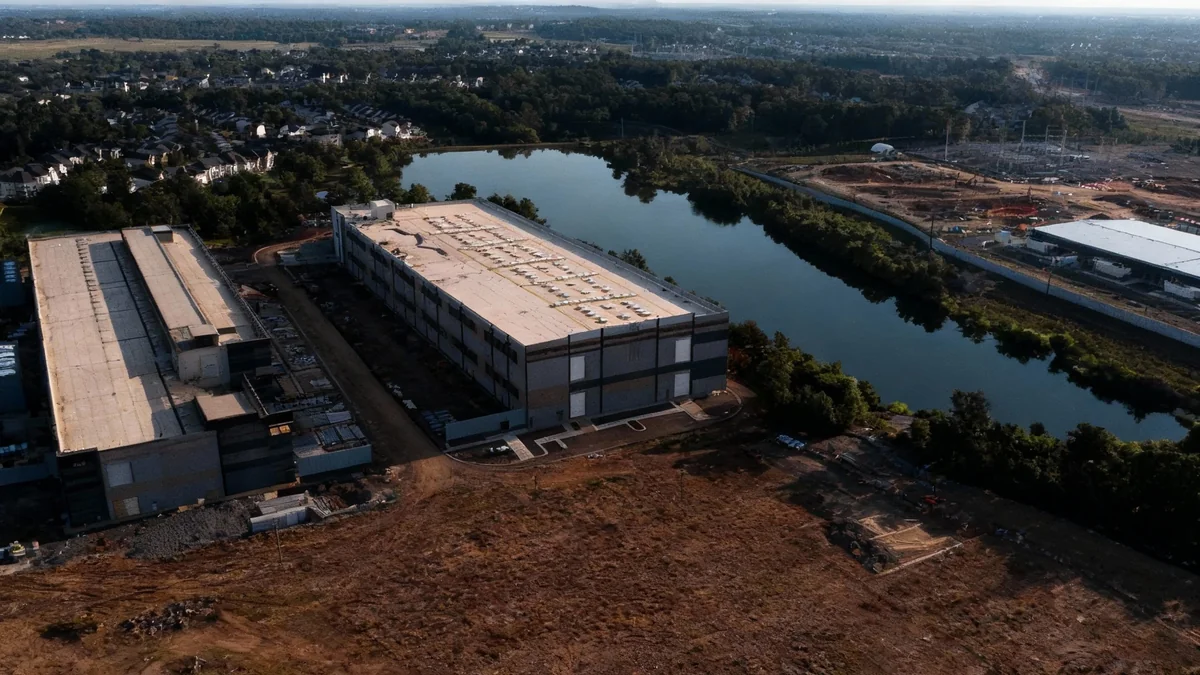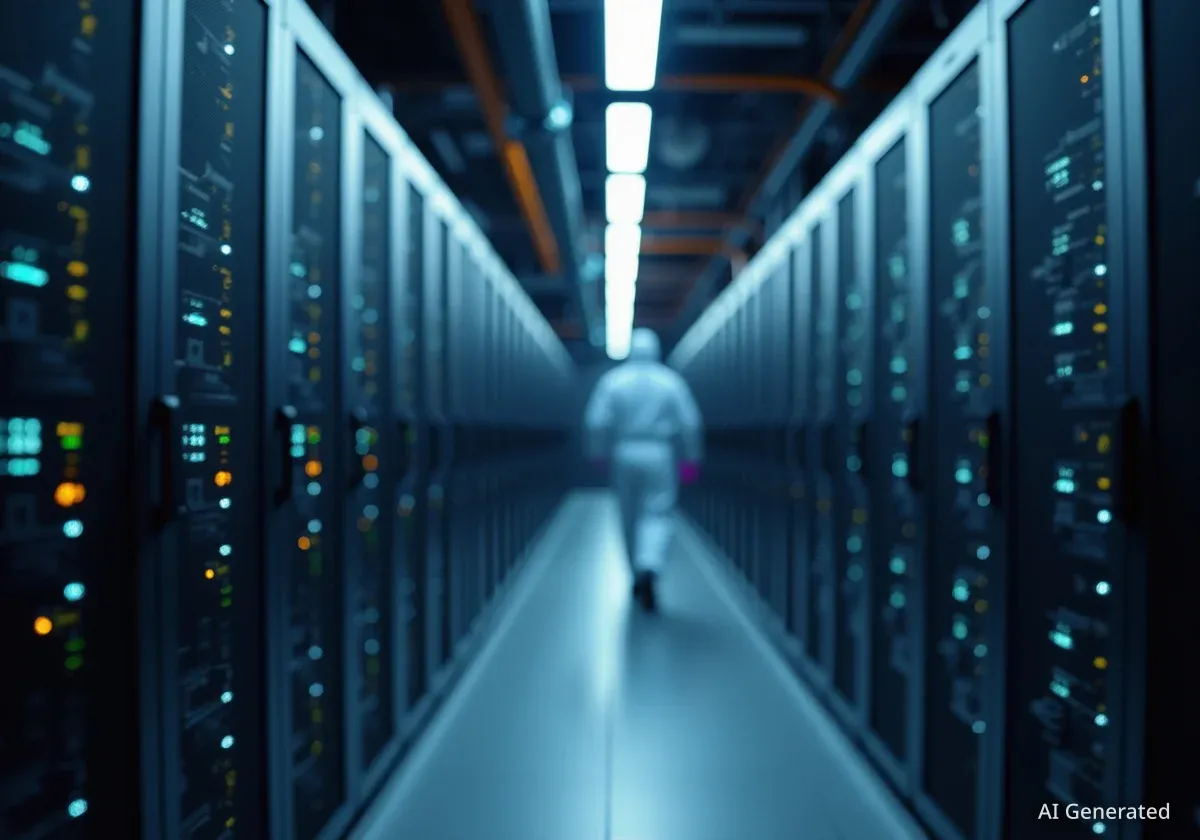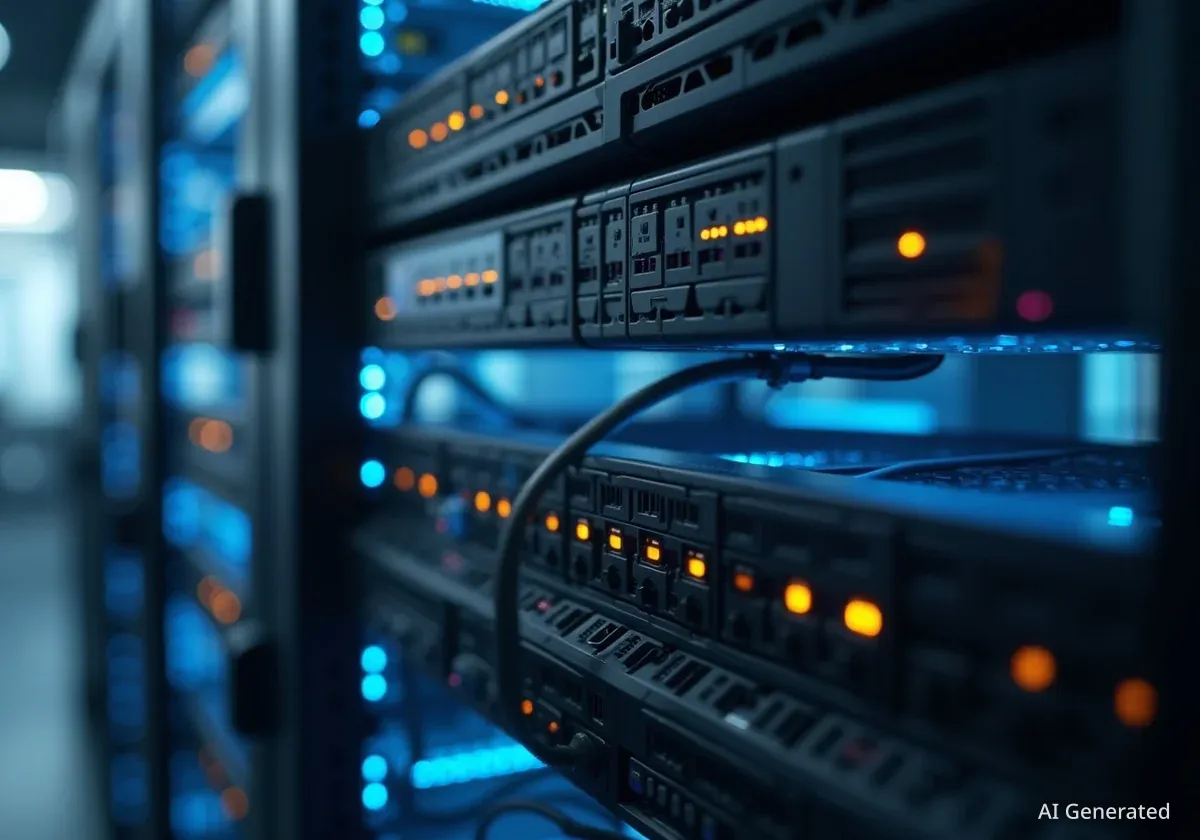Artificial intelligence companies are operating at a significant financial loss, a trend driven by unexpectedly high operational costs. This situation is fueling growing concerns among investors and analysts about the sustainability of current business models and the potential for an investment bubble similar to the dot-com era.
Despite attracting billions in capital, the path to profitability for many AI firms remains unclear. The core issue lies in the immense expenses required for computing power, research, and talent, which are outpacing revenue generation and raising fundamental questions about the industry's economic foundation.
Key Takeaways
- Many leading AI companies are experiencing substantial financial losses despite high valuations.
- The primary drivers of these losses are the immense costs of specialized computing hardware and the high salaries for top AI talent.
- Concerns are rising about a potential AI investment bubble, drawing comparisons to the dot-com bust of the early 2000s.
- The economic model for AI is under pressure, as the technology has not yet consistently translated into widespread productivity gains for the broader economy.
The Unprecedented Costs of AI Development
The development and operation of advanced artificial intelligence systems involve expenses on a scale rarely seen in the technology sector. Unlike traditional software development, which has relatively low marginal costs, scaling AI requires continuous and massive capital outlay. The primary expenses are directly tied to the technical demands of creating large language models and other sophisticated AI tools.
A significant portion of this spending is directed toward acquiring and running specialized hardware. Companies rely on thousands of high-performance graphics processing units (GPUs), which are essential for training AI models. This has created a highly competitive market for chips, dominated by a few key manufacturers. Furthermore, these processors consume vast amounts of electricity and require advanced cooling systems, such as liquid cooling, adding to the operational costs of data centers.
Hardware is a Major Expense
The global trade in goods has seen a significant increase directly linked to the purchase of AI-related hardware. According to the World Trade Organization, this surge highlights the massive capital investment firms are making in physical infrastructure just to compete in the AI space.
Beyond hardware, the competition for human talent is another major financial drain. AI researchers and engineers with specialized skills command exceptionally high salaries, and companies must invest heavily in recruitment and retention to stay competitive. This combination of high infrastructure and personnel costs means that even well-funded companies are burning through cash at an alarming rate.
Concerns of an Investment Bubble Emerge
The current financial landscape of the AI industry has led to inevitable comparisons with the dot-com bubble of the late 1990s and early 2000s. Investors are pointing to several warning signs that suggest the market may be overheated. Soaring valuations for AI startups, many of which have little to no revenue, are a primary concern. These valuations are often based on future potential rather than current performance.
Another red flag is the high level of debt some companies are taking on to fund their operations. This borrowing is often necessary to finance the massive capital expenditures required for data centers and hardware. This creates a high-risk environment where a downturn in investor sentiment could have severe consequences.
Understanding Circular Investments
A notable trend in the AI sector is the prevalence of circular investments. This occurs when a large corporation invests in an AI startup, and the startup, in turn, uses a significant portion of that investment to purchase services—such as cloud computing—from the investing corporation. While these partnerships can be mutually beneficial, they can also obscure the true financial health of the AI company and create complex dependencies.
While some analysts argue that the current situation is different from the dot-com era due to the tangible applications of AI, the financial patterns are concerning. Bank of America analysts have noted key distinctions, but the core issue of profitability remains. The market has shown signs of nervousness, with stocks of established tech companies like Oracle falling after reports raised questions about AI profitability.
The Gap Between Promise and Productivity
A central challenge for the AI industry is demonstrating a clear return on investment through increased economic productivity. While AI has ignited significant economic activity and investment, its promise to make human workers more efficient on a large scale has not yet been fully realized across all sectors.
This "productivity paradox" is a key factor for long-term investors. If companies cannot prove that their AI tools lead to measurable gains in efficiency and profitability for their customers, the justification for massive spending weakens. The current economic model relies on the belief that these productivity gains will eventually materialize, but the timeline remains uncertain.
The success of massive bets on AI could be highly concentrated, even by the standards of venture capital. This suggests that only a few large, well-capitalized players may ultimately succeed, leaving many others behind.
This uncertainty complicates career advice and business planning. Companies are eager to adopt AI but are often cautious about the high costs and unproven benefits. This hesitation can slow down the widespread adoption needed for AI firms to achieve profitability.
Intensifying Competition in the AI Hardware Market
The immense demand for AI processing power has ignited a fierce battle among chipmakers. For years, Nvidia has dominated the market for AI-focused GPUs, but competitors are now making significant moves to challenge its position. This competition is a critical factor in the long-term economics of the AI industry.
A major development in this area is the strategic partnership between OpenAI and AMD. Their announced five-year agreement for chip deployment signals a new phase in the AI boom. This deal not only provides OpenAI with a crucial supply of high-performance hardware but also positions AMD as a formidable competitor to Nvidia. Such agreements are essential for AI companies seeking to secure the computing resources needed for future model development.
The outcome of this "chip war" will have a direct impact on the cost structure for all AI companies. Increased competition could eventually lead to lower hardware prices, which would help alleviate some of the financial pressure on the industry. However, in the short term, the race for computing power continues to be a primary driver of the sector's massive expenditures.





